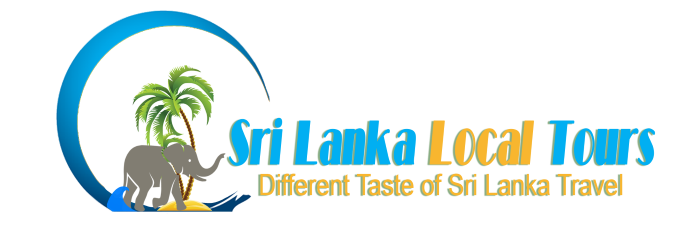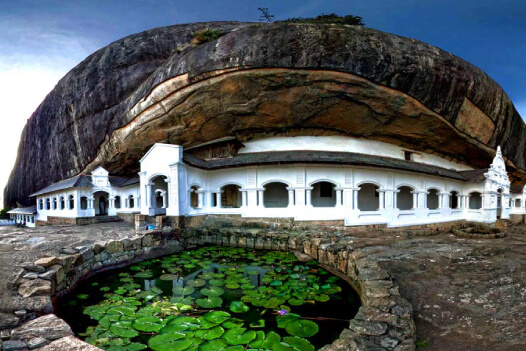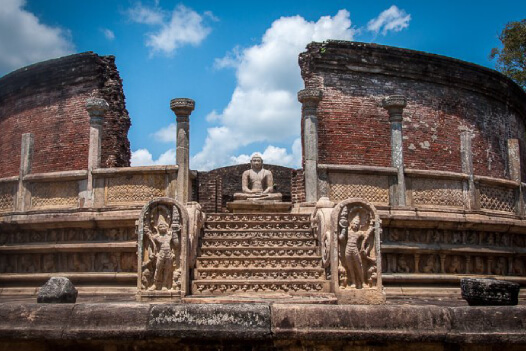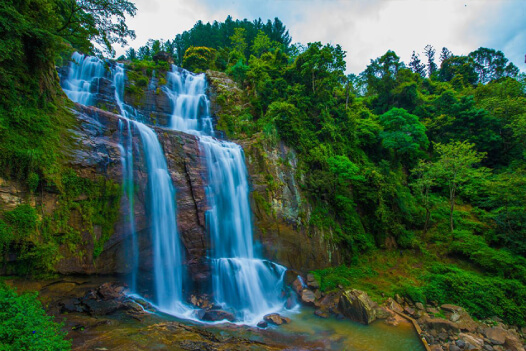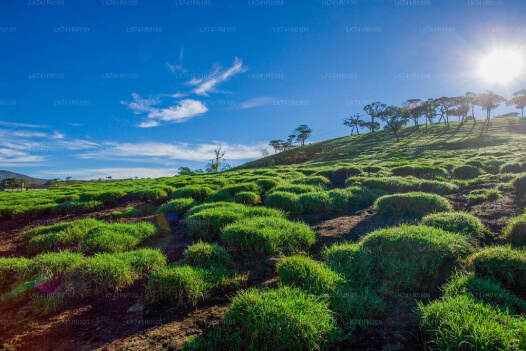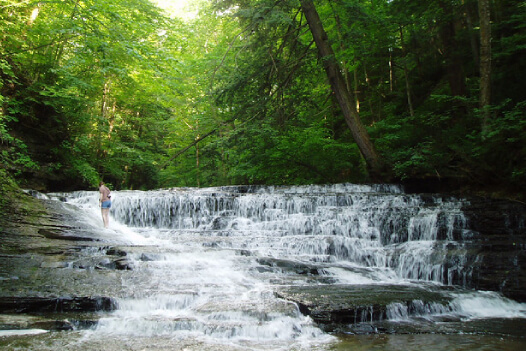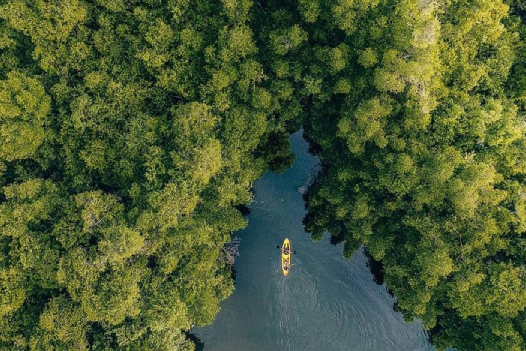Welcome to the FAQs section on Sri Lanka! If you're planning your visit to Sri Lanka, we hope the following information will be useful. Should you have any questions that aren't covered here, please don't hesitate to contact us. Explore freely! There are experiences awaiting you beyond the standard itineraries. Dive into the most frequently asked questions about Sri Lanka below:
About sri lanka
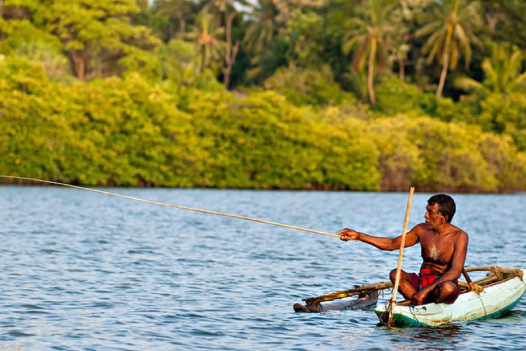
Sri Lanka is an island nation located in South Asia, nestled in the Indian Ocean to the southeast of the Indian subcontinent. Separated from India by the narrow Palk Strait, it lies near the southern tip of the Indian state of Tamil Nadu. The country’s administrative capital is Sri Jayawardenepura Kotte, while Colombo serves as its commercial hub. Surrounded by the Bay of Bengal to the northeast and the Arabian Sea to the northwest, Sri Lanka is strategically positioned along major maritime routes. Renowned for its rich history, cultural diversity, tropical climate, and stunning landscapes, the island features an array of natural wonders, from pristine beaches to lush mountains and sprawling tea plantations.
Sri Lanka is generally a safe destination for travelers, offering a warm and hospitable environment that many tourists enjoy without issues.
Sinhala and Tamil are the official languages of Sri Lanka. Sinhala is widely spoken in the southern, western and central parts of the island, while Tamil is almost exclusively spoken in northern and eastern parts of the island. English is widely spoken.
Sri Lanka has a tropical climate with warm temperatures year-round, ranging from 25–30°C (77–86°F) in coastal areas to 15–20°C (59–68°F) in the cooler hill country. The weather is shaped by two monsoons: the southwest monsoon (May to September) brings rain to the southwest, while the northeast monsoon (October to January) affects the northeast.
The best time to visit the south and west coasts, along with the hill country, is from December to March, while the north and east coasts are ideal from May to September. Wildlife safaris are best during the dry season (February to October), and whale watching is optimal in Mirissa from November to April and Trincomalee from May to September.
The currency used in Sri Lanka is the Sri Lankan Rupee, abbreviated as LKR or symbolized as Rs.
100 LKR = $0.34 (2025 rate)
When making telephone calls to Sri Lanka from abroad, remember to prefix the number with Bhutan's country code, which is +94.
Religion is very important in Sri Lanka, playing a powerful role in politics and within communities. Over 70% of the population identify as Buddhist, nearly 13% identify as Hindu, 10% are Muslim, and the remaining 7% are predominantly Christian, with less than one percent practicing other religions, or no religion.
PLANNING YOUR sri lanka TRIP
For a 1-week budget trip to Sri Lanka, you should bring around LKR 21,000 to LKR 35,000 (USD 65 to 110), which should cover basic expenses such as accommodation, food, and transport. If you're traveling on a mid-range budget, you might need between LKR 49,000 to LKR 84,000 (USD 150 to 260) for a more comfortable stay, dining at nicer restaurants, and enjoying some tours or activities. For those opting for a luxury trip, it's advisable to budget around LKR 105,000 to LKR 210,000 (USD 330 to 650), which will allow you to enjoy upscale hotels, fine dining, and private tours or safaris. The exact amount will depend on your travel preferences and the experiences you wish to have in Sri Lanka.
Street food snack = LKR 100 to LKR 500 (USD 0.30 to 1.50)
Bottle of beer in a bar or restaurant = LKR 400 to LKR 1,200 (USD 1.25 to 4)
Banquet in a small, locally-run restaurant = LKR 500 to LKR 1,500 (USD 1.50 to 5)
Dinner in a high-end hotel restaurant = LKR 2,500 to LKR 8,000 (USD 8 to 25)
Most travelers to Sri Lanka will need a visa, and the type depends on nationality and purpose of visit. Citizens of many countries can apply for an Electronic Travel Authorization (ETA) online for tourism or business, valid for 30 days and extendable up to 6 months. If you're not eligible for the ETA or need a longer stay, you can apply for a tourist visa at a Sri Lankan embassy.
You have the option to apply for a visa online by filling out the designated application form, or if you're traveling with Sri Lanka Local Tours, we can handle the application process for you. Further details regarding the visa can be found here.
There are no specific countries completely banned from entering Sri Lanka for tourism or business purposes.
The ETA for tourism or business purposes is typically processed within 24 to 72 hours after submission. If you're applying for a regular tourist visa through a Sri Lankan embassy or consulate, it typically takes around 5-7 business days for approval
The cost of a Sri Lanka visa varies based on the type of visa, method of application, and the applicant's nationality. For Electronic Travel Authorization (ETA), the fee is generally $35-$40. The cost for a tourist visa obtained from a Sri Lankan embassy or consulate can vary depending on your nationality and the duration of stay. On average, it ranges from $40 to $70.
With Sri Lanka visa, you are allowed to stay in 30 days
Travel insurance is not mandatory for entering Sri Lanka, but it is strongly recommended for travelers.
To get to Sri Lanka, the most common way is by air. Bandaranaike International Airport (CMB) in Colombo is the main international gateway, receiving flights from major cities around the world. You can book direct flights from hubs such as Dubai, Doha, Singapore, London, and New York, with airlines like SriLankan Airlines, Emirates, Qatar Airways, and Singapore Airlines operating direct routes. For travelers from cities without direct flights, connecting flights via airports in the Middle East, Southeast Asia, or South Asia are also available. Once you arrive at the airport, you can take a taxi, bus, or train to your destination within Sri Lanka. Additionally, some cruise ships dock at Colombo Port, though this is less common.
As of January 2025, face masks are not mandatory in public spaces, enclosed environments, or public transportation in Sri Lanka.
As of January 2025, Sri Lanka has lifted most COVID-19 travel restrictions. Travelers are allowed to enter regardless of their COVID-19 vaccination status. There are no requirements for COVID-19 pre-departure or on-arrival testing.
From Bandaranaike International Airport (CMB), you can reach your hotel via several options. Taxis are available at the airport and typically cost around LKR 3,000 to LKR 5,000 (USD 9 to 16) for a ride to Colombo. Some hotels offer airport shuttle services, so check with your hotel in advance. For a more private experience, you can hire a private car, which ranges from LKR 6,000 to LKR 12,000 (USD 19 to 38). Finally, ride-hailing services like Uber and PickMe are also an option for convenient transportation.
In Sri Lanka, you have several transport options. Taxis and tuk-tuks are widely available for short trips, with tuk-tuks being more affordable for quick journeys. For more comfort, you can hire a private car with a driver. Public buses are cheap but can be crowded, while trains offer scenic routes, especially along the coast and through the hill country. Ride-hailing apps like PickMe and Uber are convenient in cities like Colombo.
When traveling in Sri Lanka, it's best to wear lightweight, breathable clothing like cotton or linen to stay cool in the tropical climate. For cultural sites like temples, dress modestly by covering your shoulders and knees. During the monsoon seasons, pack a light rain jacket or umbrella.
Sri Lanka provides diverse lodging options, ranging from opulent five-star hotels to charming homestays set in traditional village environments.
Yes, LGBT individuals are allowed to visit Sri lanka. The country does not have any laws that explicitly prohibit travel based on sexual orientation or gender identity, and foreign LGBT visitors can generally travel freely.
Sri Lanka is located in a tropical region, so mosquitoes and other insects are quite prevalent. You should bring insect spay when traveling to Sri Lanka.
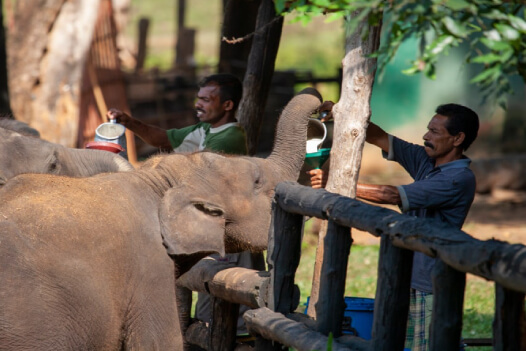
DURING YOUR sri lanka VACATION
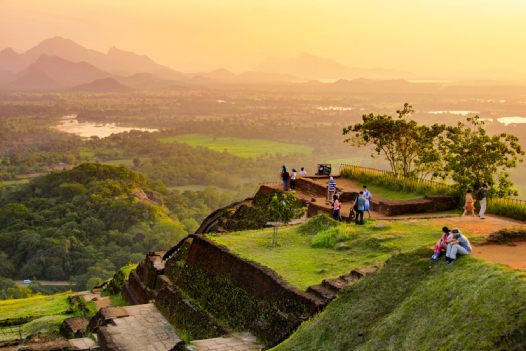
Sri Lanka has 2 associated plug types: type D (three round pins) and type G (three flat pins).
Sri Lanka Tourism Development Authority (SLTDA) has centers in major cities like Colombo and Kandy, providing general tourism information. Colombo Tourist Information Centre offers guidance on the capital city, while the Kandy Tourist Information Centre focuses on attractions in the highlands. There is also a centre in Galle for tourists exploring the historic city and nearby coastal areas. At Bandaranaike International Airport, there are information desk provides details about transportation and local attractions.
You can exchange currency at banks (like Bank of Ceylon), currency exchange counters in major cities and airports, and ATMs for cash withdrawals. Hotels may also offer currency exchange, but rates are usually less favorable.
When entering Sri Lanka, you can bring in up to USD 15,000 or its equivalent in other currencies without declaring it to customs. If you're carrying more than this amount, you must declare it upon arrival. For Sri Lankan Rupees (LKR), you can bring in up to LKR 50,000 without declaration.
Yes, credit cards and ATM cards are widely accepted in Sri Lanka, especially in major cities and tourist areas. You can use credit cards like Visa and MasterCard at hotels, restaurants, shops, and larger establishments. For cash withdrawals, you can use your ATM card at ATMs that display the Visa, MasterCard, or Cirrus logos, though you may incur transaction fees.
Yes, Sri Lanka generally has good internet connection and Wi-Fi in most urban areas and tourist spots. Major cities like Colombo, Kandy, and Galle, as well as popular tourist destinations, offer reliable Wi-Fi in hotels, cafes, restaurants, and shopping centers.
You can also find mobile data services through local providers like Dialog, Mobitel, and Airtel, offering affordable prepaid SIM cards with 4G data packages.
You can buy a visitor SIM card at Bandaranaike International Airport (CMB) from kiosks of major providers like Dialog, Mobitel, and Airtel. SIM cards are also available at mobile provider stores in cities like Colombo and Kandy, as well as mobile retail shops in tourist areas. Remember to bring passport to buy SIM card.
There are no specific regulations regarding attire for visitors. However, when visiting places of religious importance, it is recommended to wear respectful smart-casual attire that covers your body from shoulders to knees, which is both suitable and appreciated.
Whether you need a guide in Sri Lanka depends on your preferences and the type of trip you're planning. If you're visiting cultural and historical sites like Sigiriya or Anuradhapura, a local guide can enrich your experience with insights into the history and significance of these places. For wildlife safaris in Yala or Udawalawe, hiring a guide or safari driver is recommended to help spot animals and ensure safety. For activities like trekking or surfing, a guide can be helpful, especially in remote areas.
In Colombo, visit Pettah Market or Laksala for traditional crafts like wood carvings and batik clothing. Kandy has the Kandy Art Association and Handicraft Centre for items like masks and woodwork. In Galle, explore the Dutch Fort area and Galle Craft Market for lacquerware and stone carvings. Nuwara Eliya is known for Ceylon tea and tea-related gifts, while coastal towns like Bentota and Mirissa offer sea shell crafts and wooden souvenirs. Local craft villages such as Ambalangoda are great for traditional masks.
When leaving Sri Lanka, certain items are prohibited for export. These include antiques and cultural artifacts over 100 years old, such as sculptures and religious items, without proper documentation. Wildlife products like tusks, ivory, and coral are restricted. Sri Lankan currency (over LKR 50,000) must be declared, and drugs or narcotics are strictly illegal.
If your inquiry relates to your tourism activities, you can contact Sri Lanka Tourism Development Authority directly at +94 112 426800. For emergency services, please dial 110 for fire and ambulance, or 118/119 for the police.
Yes, many monuments and tourist sites in Sri Lanka have entry fees about $5-$12. For children under 13, there is a 50% reduced fee.
Most sites are open daily from early morning (around 6:00 AM) to late afternoon (around 6:00 PM).
